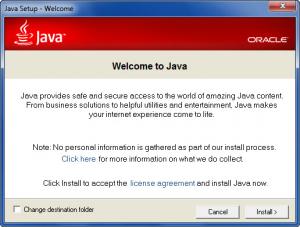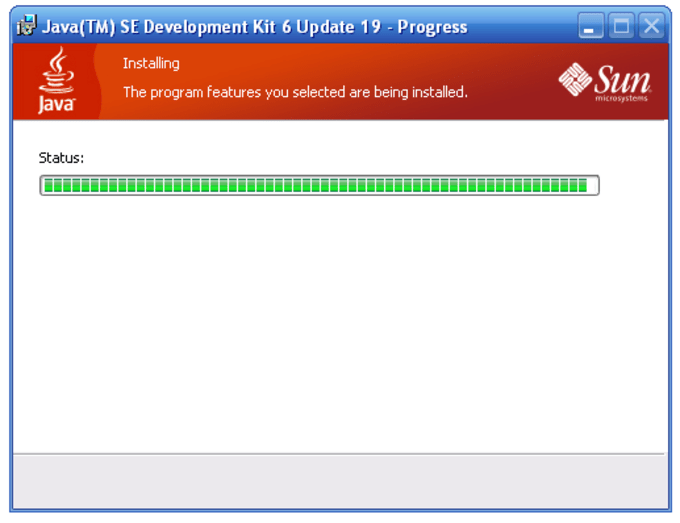

But, some Java-powered software does need it to function properly. Often someone thinks JCE is installed but software still refuses to run properly. Java Archive Downloads - Java Platform Technologies 576. The following Java archive (JAR) files are included in the JCE download: If the application passes * more data via calls to update() or doFinal(), we throw an * IllegalBlockSizeException when doFinal() is called (see JCE API spec). 1 Java Cryptography Extension (JCE) Unlimited Strength This class provides the functionality of a cryptographic cipher for encryption and decryption. 2 and above you will have to manually download it for older versions. 5 The Android Update Mechanism as displayed in the diagram bellow. Azul Zulu Prime JDK follows the OpenJDK strategy here which changed to this The Java Cryptography Extension version must match the version of the Java that is installed on QRadar. For all releases prior to Java SE 6u171, 7u161 and 8u151. jar, which is the unlimited strength local policy file US_export_policy. still not solved yet, but i have new information.You can vote up the ones you like or vote down the ones you don't like, and go to the original project or source file by following the links above each example. In order to create a Cipher object, the application calls the Cipher's getInstance method, and passes the name of the requested transformation to it. Accept the license agreement and download the zipped package. These two files will replace the versions already present 1 package org. InvalidKeyException: Illegal key size exception: 1.

The Java SE 11 Security Documentation provides much more detailed information, and should be understood before undertaking any work in this area. If you're using OpenJDK, Google to search for sun jce policy and click on Java Cryptography Extension (JCE) Unlimited Strength - Oracle. FIPS mode requires the use of two JCE unlimited strength policy files, provided by IBM or Oracle: local_policy. Encryption will be supported via JCE and PKCS#11. The basic functionality for using cryptographic techniques in Java is provided by the Java Cryptography Architecture (JCA) and its sibling, the Java Cryptography Extension (JCE). This tutorial is to demonstrate how to encrypt and decrypt in Java using the Java Cryptography Extension (JCE).For Java 11, long-term support will not be provided by Oracle for the public instead, the broader OpenJDK community, as Eclipse Adoptium or others, is expected to perform Until Java 8, it was neccessary to download and install JCE in the JDK in order to use it.JCE provides a framework and implementation for encryption, key generation and key agreement, and Message Authentication Code (MAC) algorithms. So in the IAIK PKCS#11 wrapper we can use the JCE provider from Java and using the OpenSC layer 2.


 0 kommentar(er)
0 kommentar(er)
